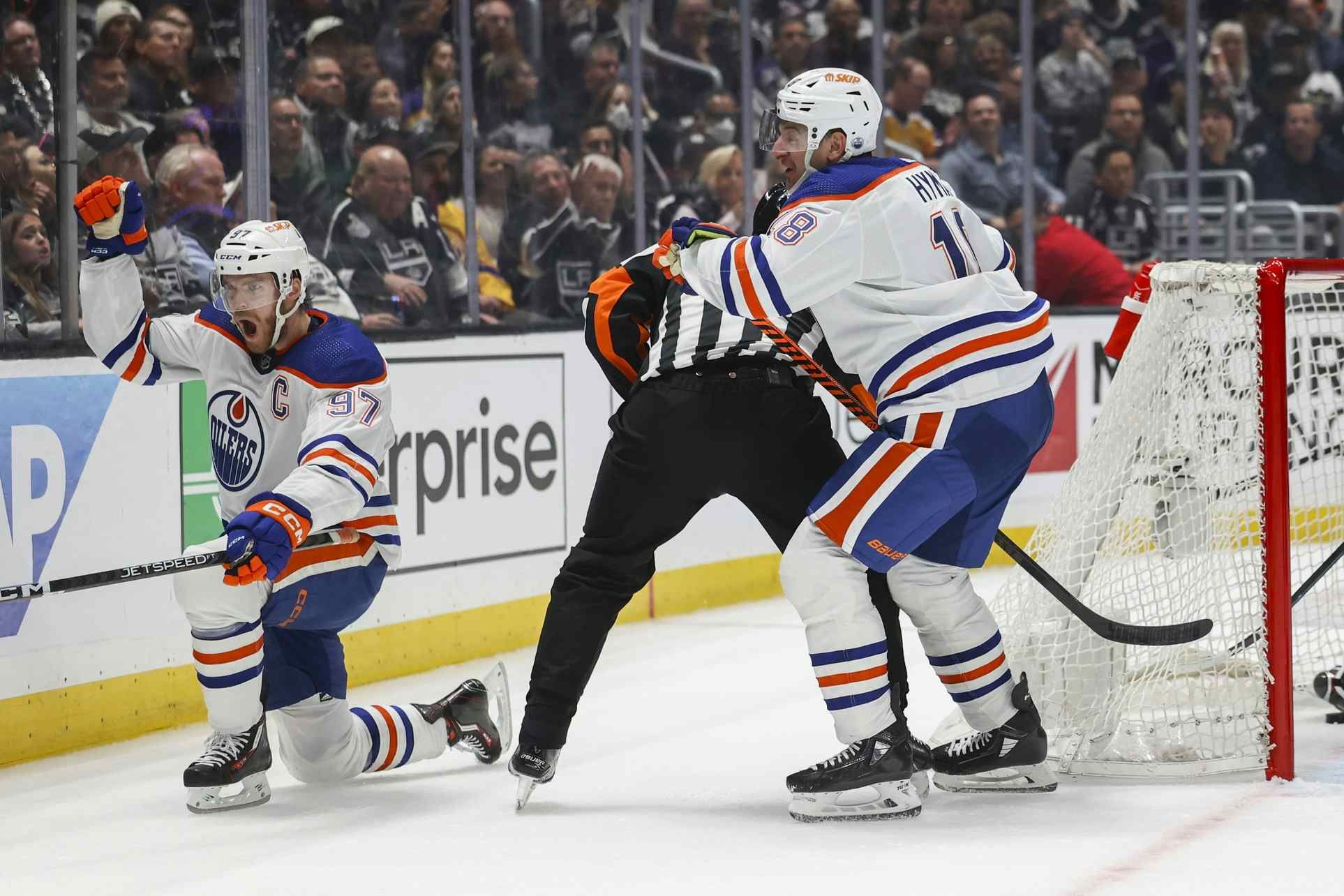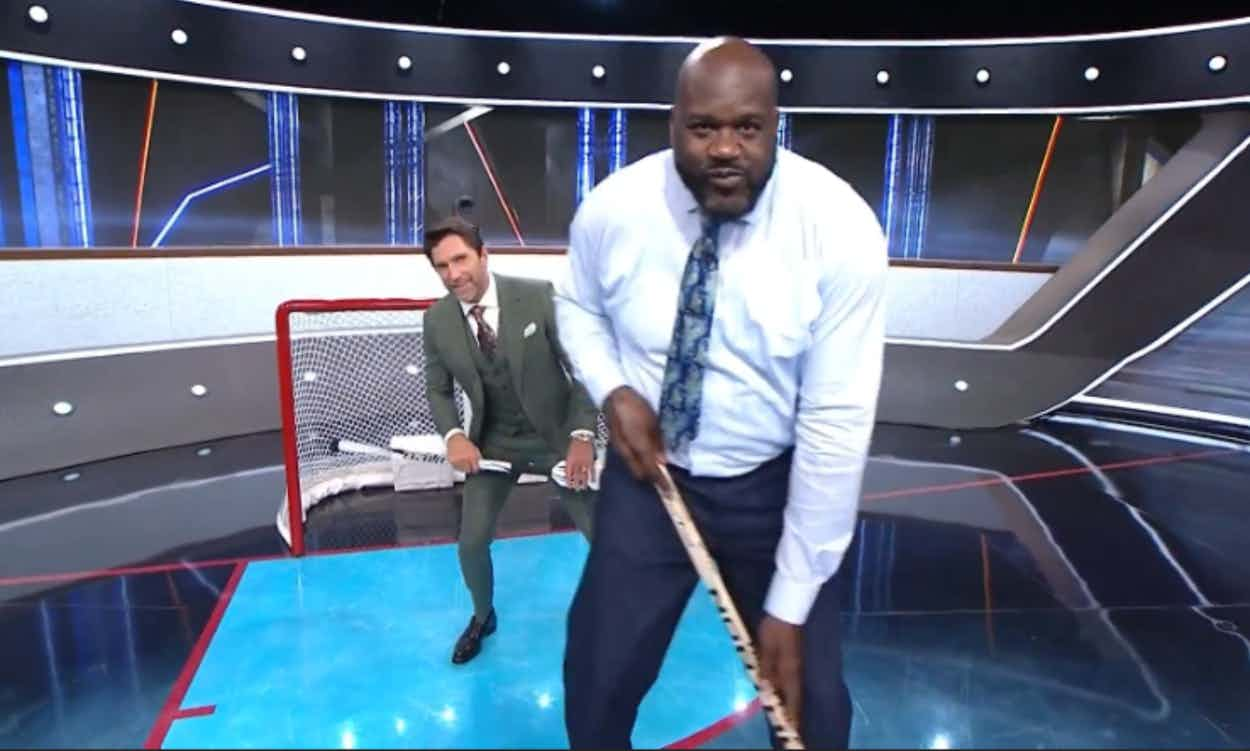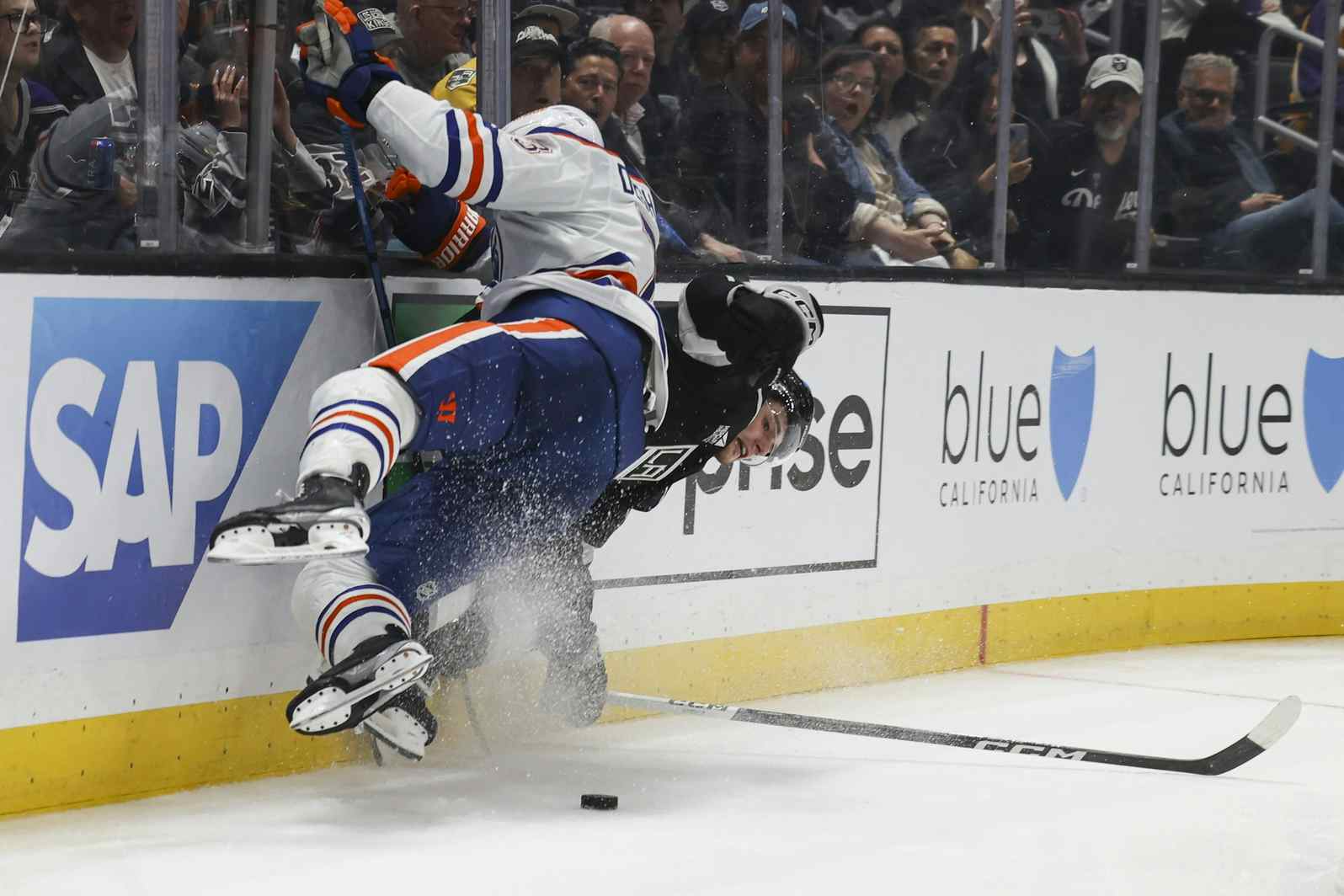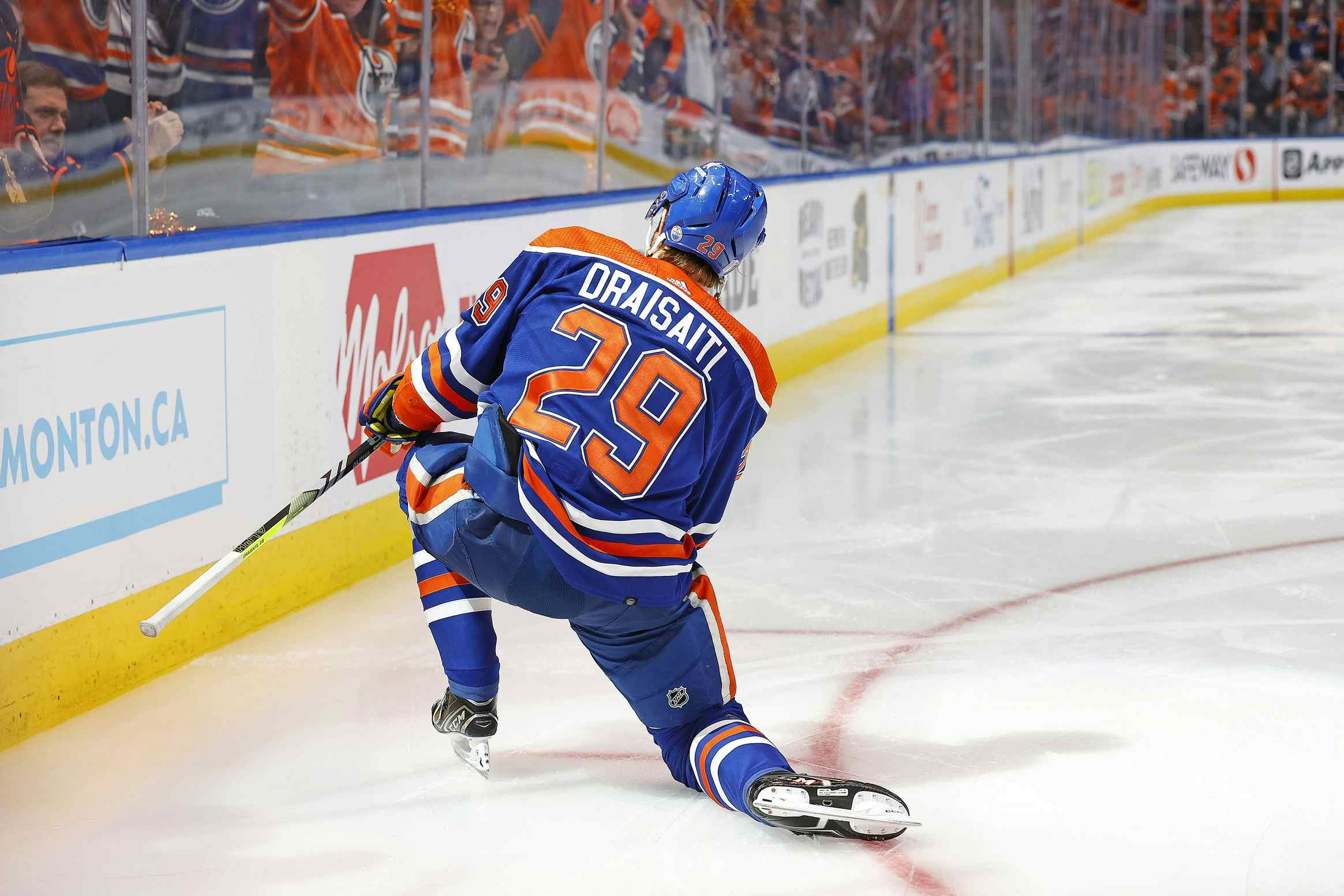Corey Potter Has Been A Different Man Since Injury
Corey Potter was one of the feel good stories of the early season for the Edmonton Oilers. A long-time minor league journeyman caught the break in Edmonton he never seemed able to catch under Tom Renney in New York. With the Oilers’ defense crippled by injury and inferior talent before training camp even opened, Potter took advantage of the opportunity and established himself as one of the team’s better options in the early going. It was enough to earn Potter the first one-way contract of his career, a two-year deal worth $775,000 per season.
Unfortunately, by eye Potter’s play has fallen off lately. What has his game looked like statistically?
The reality is that the dip in Potter’s play doesn’t coincide with his new contract. Instead, it coincides with his injury. Potter lost the last half of November and the first half of December to an ankle injury, and since he came back he just hasn’t been the same player.
Let’s start by looking at two measures of on-ice effectiveness. Shots +/- is straightforward enough: it’s a simple count of shots for and against while a player is on the ice at even-strength. Fenwick +/- is almost as simple: it counts shots and missed shots for and against, while ignoring blocked shots. Potter’s pre-injury numbers are here and his post-injury numbers are here, but I’ve also broken it down into handy chart form:
| Time Period | GP | Shots +/- | Fenwick +/- | Shots % | Fenwick % |
|---|---|---|---|---|---|
| Pre-Injury | 16 | +126/-121 | +174/-177 | 51.0% | 49.6% |
| Post-Injury | 23 | +169/-188 | +234/-261 | 47.3% | 47.3% |
The percentage numbers on the right-hand side show how many of the shots were good when Potter was on the ice; i.e. prior to injury 51% of all shots fired were fired by the Oilers when Potter was on the ice. That number fell to 47.3% after he returned from injury.
That might seem like a pretty small dip, but that shift in percentages is huge. To see how big, we only need to look at Potter’s individual scoring chances. David Staples of the Cult of Hockey watches every game for scoring chances, assigning a player a plus if he did something to contribute to a chance for, and a minus if he did something to contribute to a chance against.
At the time of Potter’s injury, his scoring chance plus/minus was +30/-33, a fairly good number for a defenseman (explanation: for defenseman, break-even isn’t really break-even, as they’re more likely to get a minus than a plus). Today, that number sits at +63/-87 – which means that since his return from injury Potter has gone plus-33 and minus-54 – a huge drop in performance.
The bright spot here is that Potter’s fall from grace coincided with his injury – which means that its at least possible it’s a temporary thing that will go away when he gets up to 100%.
Recent articles from Jonathan Willis





